Changchun Taoistischer Tempel Wuhan - Eintrittskarten, Öffnungszeiten, Lage und Highlights
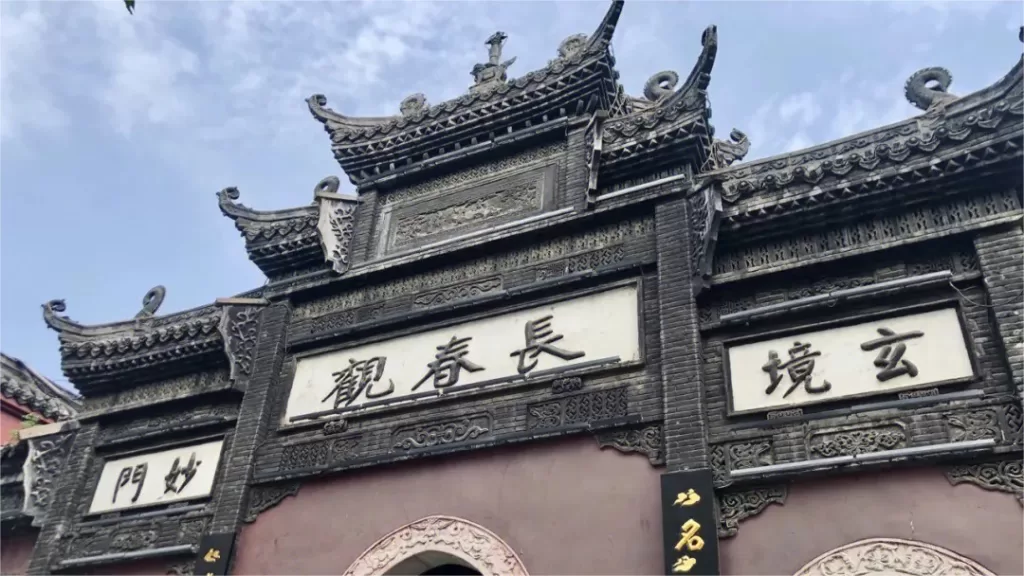

The Changchun Taoist Temple (长春观), located in Wuhan, is a historical and culturally significant place of worship, known for its rich history and unique architectural blend of Tibetan and European styles. Established during the Yuan Dynasty, this temple has undergone multiple reconstructions, particularly during the Ming Yongle period and the Qing Kangxi era (1661-1722). It holds a special place in Taoism as one of the major spiritual centers in southern China and is dedicated to the teachings of the Quanzhen School, with a particular emphasis on the disciple of Quanzhen’s founder, Qiu Chuji, also known as Changchun Zi.
According to legend, Qiu Chuji played a pivotal role during the Yuan Dynasty when the Mongol army invaded the region. He advised the military commander not to indiscriminately harm the local populace, and in gratitude for his benevolence, the people of the area built the Changchun Taoist Temple in his honor.
The temple, situated with its back to the north and facing south, is nestled amidst serene natural surroundings. The temple’s architecture harmoniously integrates with the landscape, featuring three main routes: the left, central, and right pathways. The central axis of the temple boasts the primary structures, including the official hall (mountain gate), Taiqing Hall, Seven Immortals Hall, Huixian Bridge, and the Three Emperors Hall, among others. On the west axis, you can find Lüzu Hall and the Daoist Canon Repository, while the east axis houses the Jiazi Hall, among other structures. When exploring Changchun Taoist Temple, you can follow the central axis and the signs within the temple grounds to guide your visit.
Inhaltsübersicht
- Grundlegende Informationen
- Standort und Transport
- Highlights of Changchun Taoist Temple
- Vlog about Changchun Taoist Temple
- Nützliche Tipps aus Rezensionen zusammengefasst
- Attractions near Changchun Taoist Temple
Grundlegende Informationen
| Geschätzte Dauer der Tour | 1 - 2 Stunden |
| Ticketpreis | 10 RMB |
| Die Öffnungszeiten | 8.00 - 16.30 |
| Telefon Nummer | 0086-027-88842090 |
Standort und Transport
Changchun Taoist Temple is located in the eastern part of Wuhan. It specifically resides at the northeastern corner of Wuchang District, nestled on the southern slope of Shuangfeng Mountain and in the central area of Huanghu Mountain. The precise address is 269 Wuluo Road, Wuchang District, Wuhan, Hubei Province. Um dorthin zu gelangen, können Sie einen der folgenden Wege wählen:
Bus: Take bus 15, 401, 411, 413, 510, 522, 564, 569, 593, 596, 636, 701, 703, 715, 728, 797, 804, or 811 and get off at Wuluo Road Grand East Gate Stop (武珞路大东门站, Wuluolu Dadongmen Stop).
Metro: The closest metro station to Changchun Taoist Temple is Xiaodongmen (小东门, Small East Gate) on line 7. After getting out of the station from Exit C, walk about 500 meters to the south to reach the temple.
Highlights of Changchun Taoist Temple
The Seven Immortals Hall
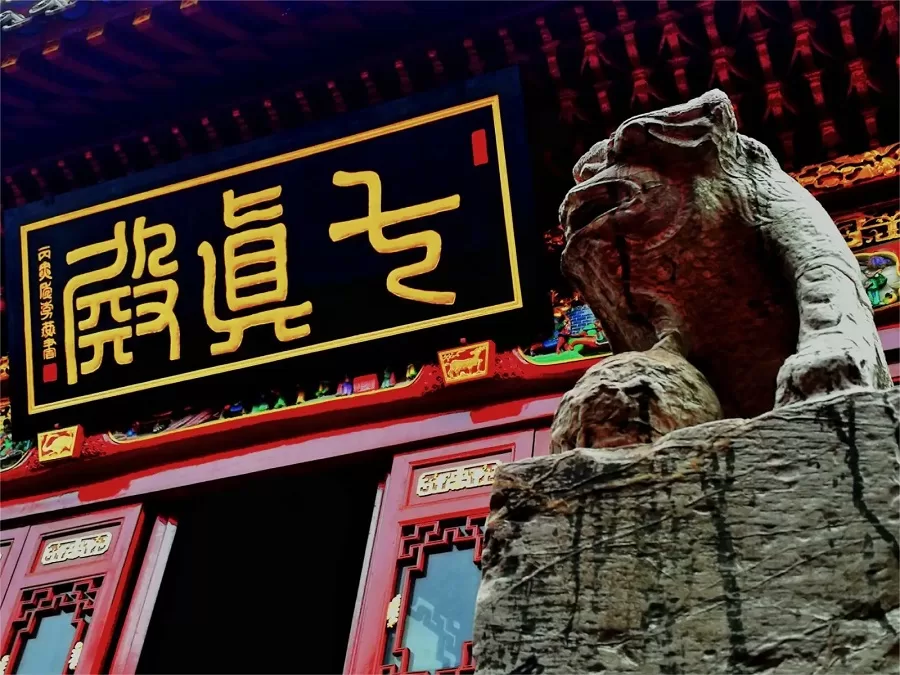
The Seven Immortals Hall is the main hall of Changchun Taoist Temple and is dedicated to seven disciples of Wang Chongyang, the founder of the Quanzhen School. These seven immortals include Qiu Chuji, who is known as the “Changchun Zi” and continued to spread and develop the teachings of the Quanzhen School. The Quanzhen School, also known as the Dragon Gate School, is still highly regarded within Taoism. Every year, on the 19th day of the first lunar month, a special celebration known as the “Yanjiu Festival” is held in honor of Qiu Chuji.
Architektonischer Stil

One of the distinctive features of Changchun Taoist Temple is its architectural style, which uniquely blends Tibetan and European influences. There are two primary reasons for this distinctive architectural fusion. First, during the late Qing Dynasty, the temple was significantly expanded under the auspices of the official Guan Wen, who was of Manchu heritage and held strong beliefs in Tibetan Buddhism. As a result, the craftsmen employed for the expansion incorporated Tibetan symbols and motifs such as elephants and saffron flowers into the temple’s decoration.
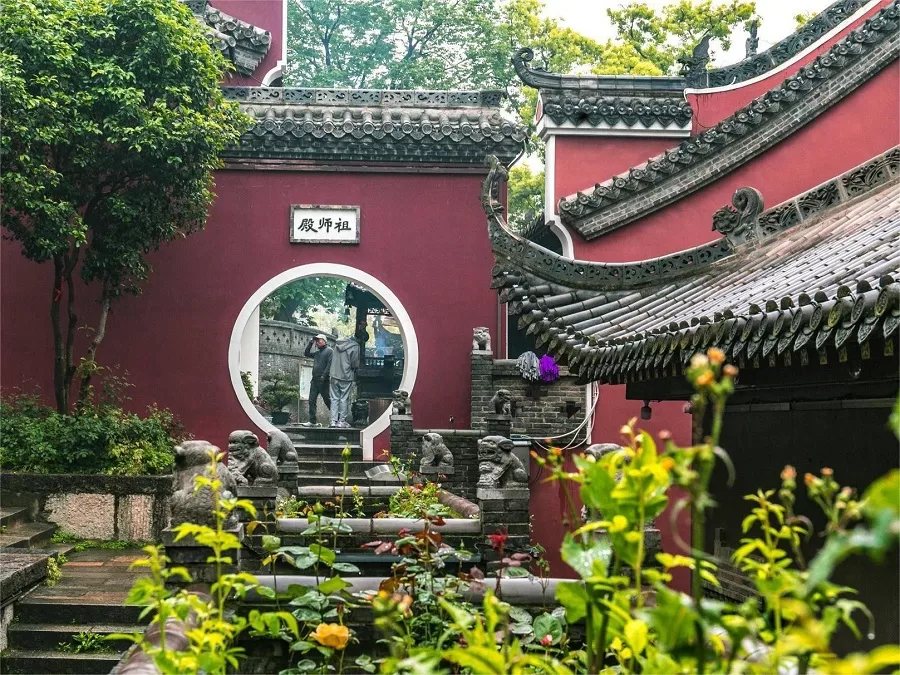
The second reason for the unique architectural blend is attributed to Hou Yongde, the abbot of Changchun Taoist Temple in the late Qing Dynasty. He initially served as a military officer under General Zuo Zongtang before embracing a monastic life and taking charge of the temple. Under his influence, the temple’s construction features a combination of European and traditional Chinese architectural elements, culminating in the creation of the Daoist Canon Repository, a one-of-a-kind Taoist building in China with European-style architecture as its primary design. Its eaves are adorned with traditional cement “stacking” decorations, a craftsmanship that has become rare and almost forgotten.
Astronomical Map
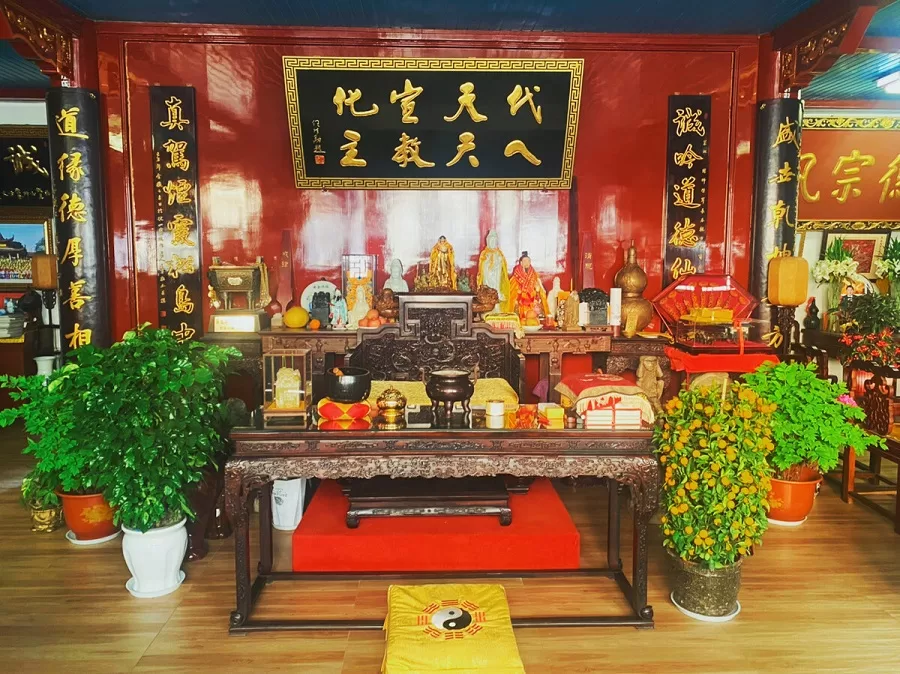
Another notable feature of Changchun Taoist Temple is the “Tianwen Map,” an astronomical map that Taoist scholars have left in only three locations in China. These maps, inscribed with the word “Imperial Decree,” contain valuable celestial knowledge and insights. Unfortunately, during the Cultural Revolution, the maps in Hangzhou and a Taoist temple in Shaanxi were destroyed, leaving the Changchun Taoist Temple as the only remaining site where this precious knowledge is preserved.
Vlog about Changchun Taoist Temple
Nützliche Tipps aus Rezensionen zusammengefasst
Exploring the Temple: Changchun Taoist Temple comprises several halls and pavilions, making it an ideal location for a leisurely stroll and exploration. Plan to spend around 1 to 1.5 hours to fully appreciate the temple’s architecture, artwork, and serene atmosphere.
Scenic Views: Situated amidst the mountains, Changchun Taoist Temple offers picturesque views of the surrounding landscape. Take advantage of elevated vantage points within the temple complex to admire the scenic beauty, especially during autumn when the foliage turns vibrant shades of red and yellow.
Interaction with Cats: Keep an eye out for the resident cats that inhabit the temple grounds. These friendly felines provide a charming addition to the temple’s ambiance and offer visitors the opportunity to interact with them through petting and gentle play.
Adjacent Dining Options: Adjacent to Changchun Taoist Temple, you’ll find vegetarian restaurants offering simple and homely meals. While the food may be average in taste, the restaurants tend to attract large crowds, especially during peak dining hours. Be prepared to wait for a table, particularly around lunchtime when the wait can extend to over half an hour.
Exploring Nearby Attractions: Adjacent to the temple is Chenghuang Temple, a Taoist temple dedicated to the City God. Visitors can explore Chenghuang Temple free of charge, adding another dimension to their cultural and spiritual experience.
Attractions near Changchun Taoist Temple
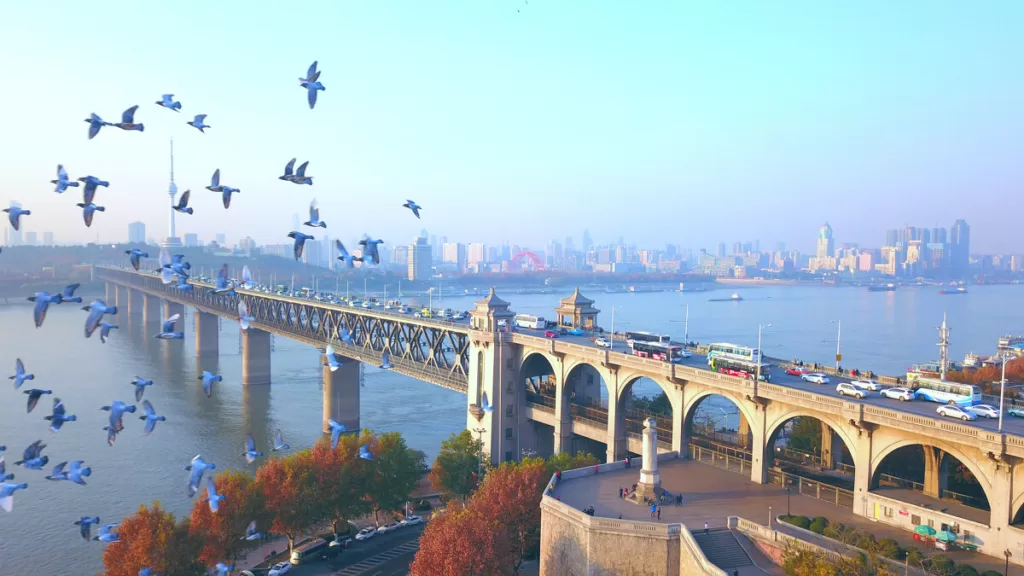
Wuhan Yangtze River Bridge - die erste Brücke über den Yangtze-Fluss

Hubu Alley - Zufluchtsort für Feinschmecker

Tanhualin Straße - Museum der Gebäude
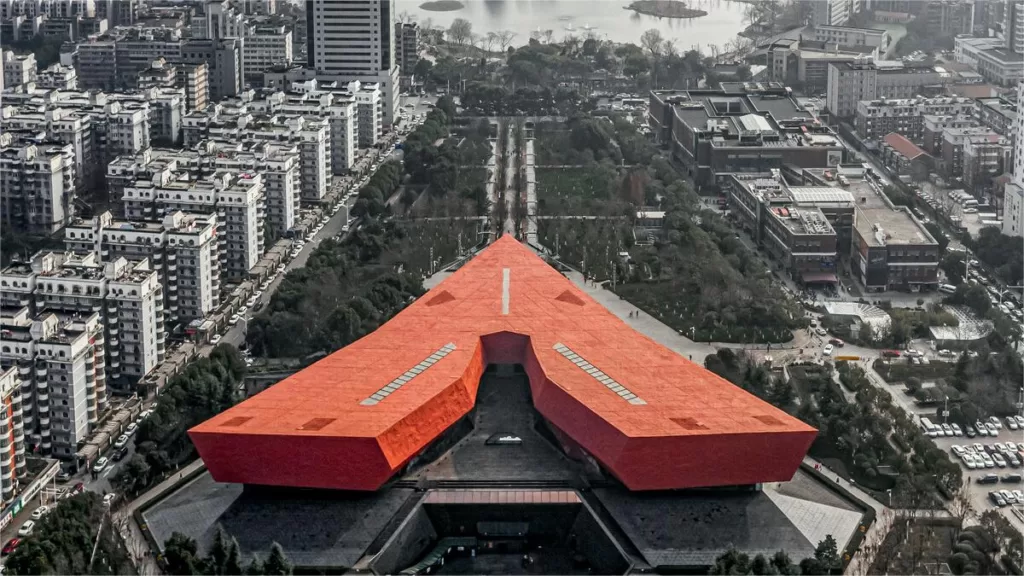
Xinhai Revolution Museum - Eine Reise durch das Jahr 1911
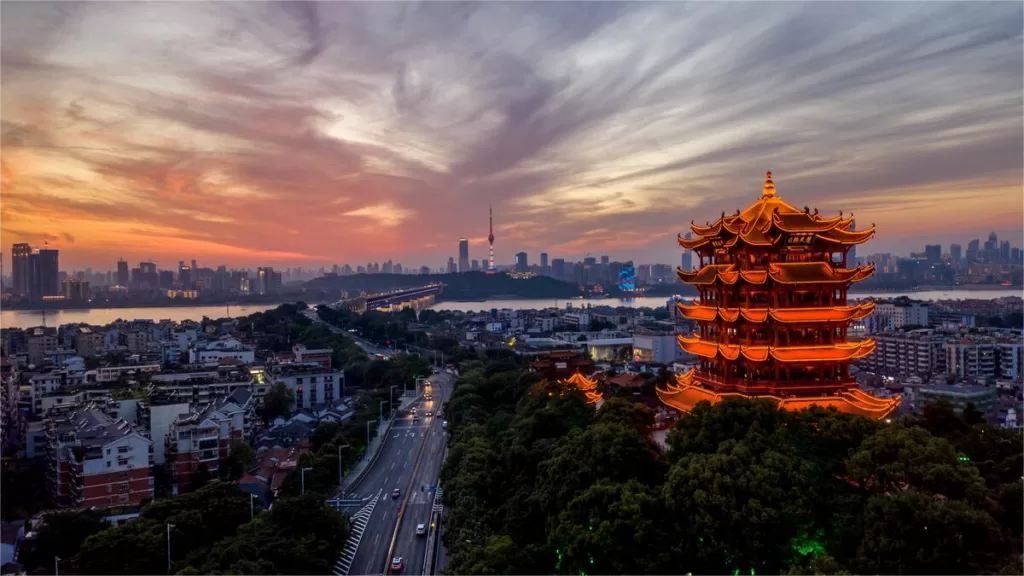
Gelber Kranich-Turm - einer der berühmtesten Türme in China

Shouyi-Platz - Zum Gedenken an die Xinhai-Revolution
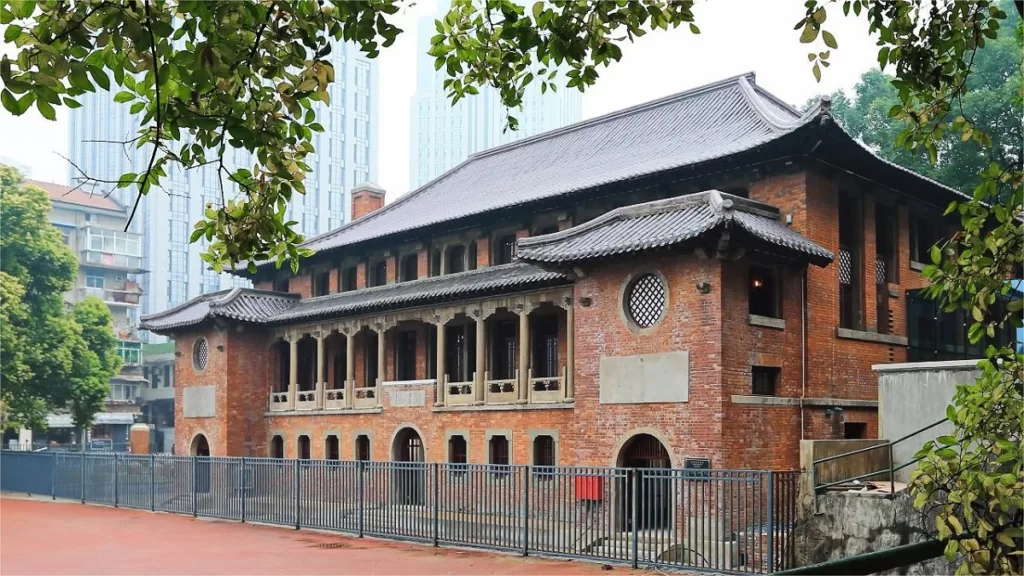
James Jackson Museum - Zu Ehren des ersten Präsidenten der Wenhua Universität

Revolutionäres Museum Wuhan - Eine Aufzeichnung der Kommunistischen Partei Chinas
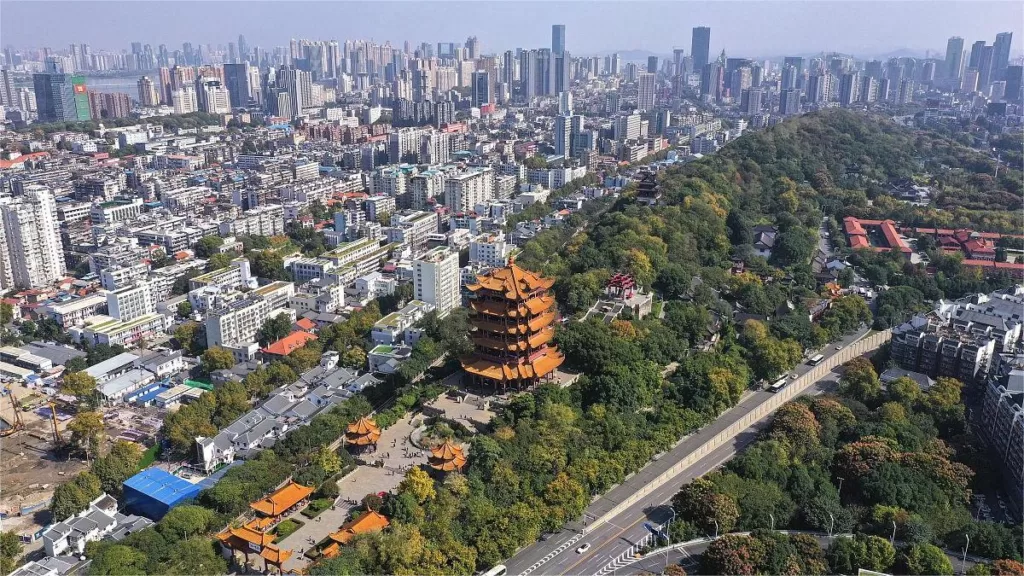
Snake Hill - Ein Zentrum historischer Attraktionen
Historische Stätten in Hubei, Wuhan Attraktionen